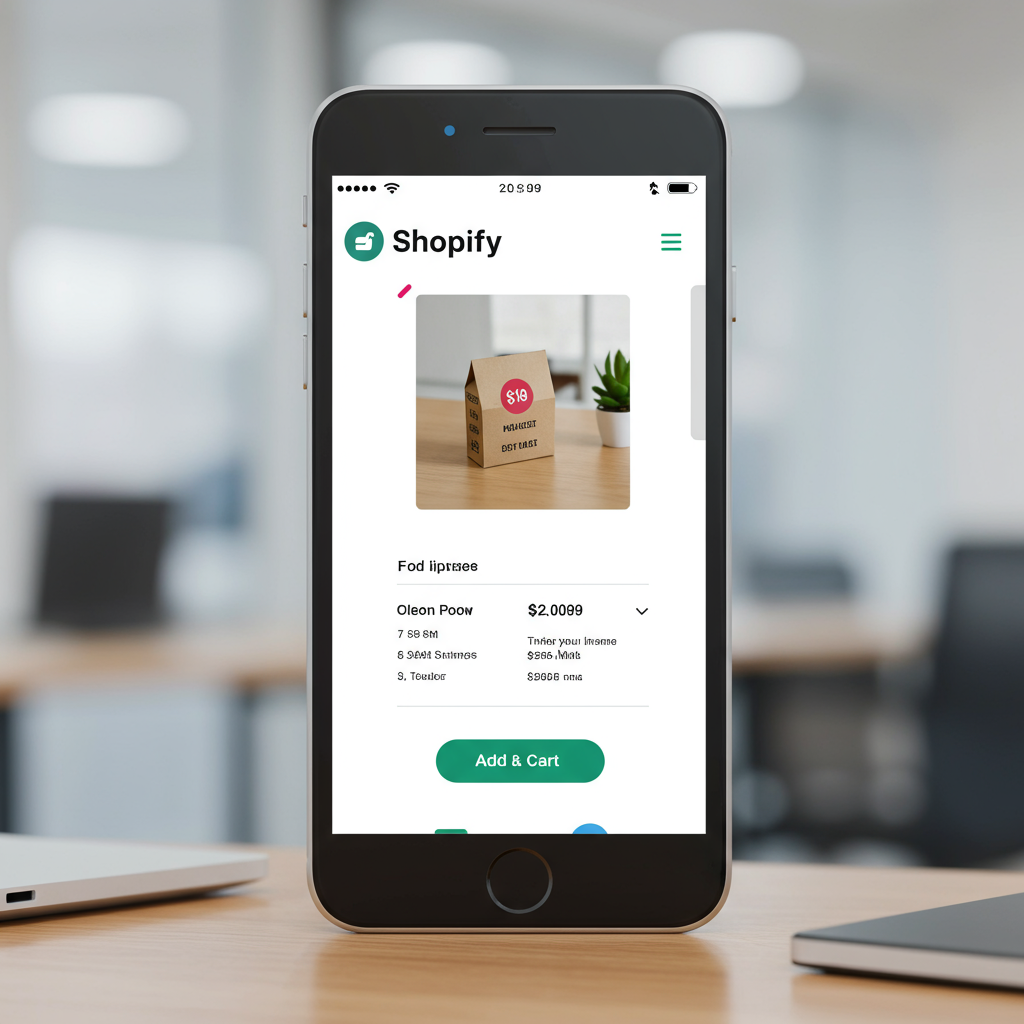Unlock the full potential of your online business by prioritizing the mobile shopping experience.
Hello fellow merchants! Today, I want to talk about something incredibly crucial for your Shopify store’s success: designing for mobile first.
In my experience, this isn’t just a trend; it’s the fundamental way people shop online now.
Think about it: how often do you browse or buy something from your phone versus your desktop? Chances are, it’s mostly your phone.
Statistics consistently show that a significant majority of e-commerce traffic, often over 70%, originates from mobile devices.
If your Shopify store isn’t optimized for these users, you’re essentially leaving money on the table.
A mobile-first approach means we design the experience for the smallest screen first, then progressively enhance it for larger screens.
This is different from just making your desktop site “responsive.” Responsiveness adapts; mobile-first prioritizes.
When I approach a new Shopify project, my first thought is always: “How will this look and function on a smartphone?”
The core principle here is content prioritization. On a small screen, every pixel counts.
We need to identify the most vital information and actions and make them immediately accessible.
Speed is another non-negotiable factor. Mobile users are often on the go, sometimes with less stable connections.
A slow-loading mobile site will lead to high bounce rates and lost sales, plain and simple.
I always recommend optimizing all your images. Use modern formats like WebP, compress them without losing quality, and ensure they are appropriately sized.
Shopify’s built-in image optimization helps, but manual checks and third-party apps can provide an extra boost.
Next, let’s talk about choosing the right theme. This is where your mobile-first journey truly begins on Shopify.
I strongly advise selecting a theme that is inherently responsive and designed with mobile users in mind from the ground up.
Look for themes that boast clean layouts, clear navigation, and large, easy-to-tap buttons.
Many free and paid Shopify themes are excellent in this regard, but always preview them on a mobile device before committing.
Navigation is paramount. On mobile, a cluttered menu is a nightmare.
I prefer a clean, intuitive “hamburger” menu icon that expands to reveal well-organized categories.
Ensure your search bar is prominent and easy to use, as many mobile users rely on it to find products quickly.
Product pages require special attention. Your product descriptions should be concise and scannable.
Use bullet points for key features and benefits. Long blocks of text are difficult to read on a small screen.
High-quality product images are essential, but make sure they load quickly and are zoomable.
Your “Add to Cart” button needs to be large, distinct, and ideally, “sticky” as the user scrolls.
The checkout process is where many mobile sales are lost. I cannot stress enough how vital it is to streamline this.
Minimize the number of steps. Offer guest checkout options. Auto-fill forms where possible.
Integrate popular mobile payment options like Apple Pay, Google Pay, and Shop Pay. These significantly reduce friction.
I also consider the size of touch targets. Buttons and links should be large enough for a finger to tap accurately without accidentally hitting something else.
This applies to everything from product filters to social media icons.
When it comes to apps, be mindful. While many Shopify apps are fantastic, some can add bloat and slow down your mobile site.
I always test new apps rigorously on mobile to ensure they don’t negatively impact performance or user experience.
Regularly test your store on various mobile devices and browsers. What looks good on your iPhone might look different on an Android tablet.
Use tools like Google’s Mobile-Friendly Test and PageSpeed Insights to identify areas for improvement.
Finally, don’t forget about analytics. Monitor your mobile conversion rates, bounce rates, and user flow.
This data will provide invaluable insights into what’s working and what needs further optimization.
Iteration is key. Mobile design is an ongoing process, not a one-time fix.
By consistently refining your mobile experience, you’ll build a more robust and profitable Shopify store.
What are your thoughts on mobile-first design for e-commerce? I’d love to hear your perspective.
Embracing a mobile-first strategy isn’t just about keeping up; it’s about getting ahead.
It’s about providing the best possible shopping experience for the vast majority of your potential customers.
So, take the plunge, optimize for mobile, and watch your Shopify sales grow!






